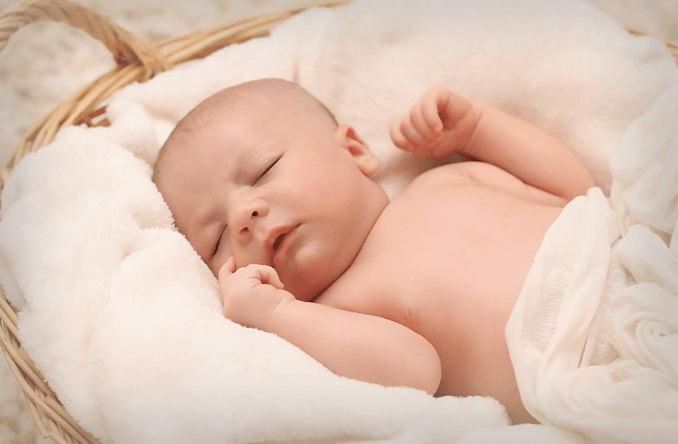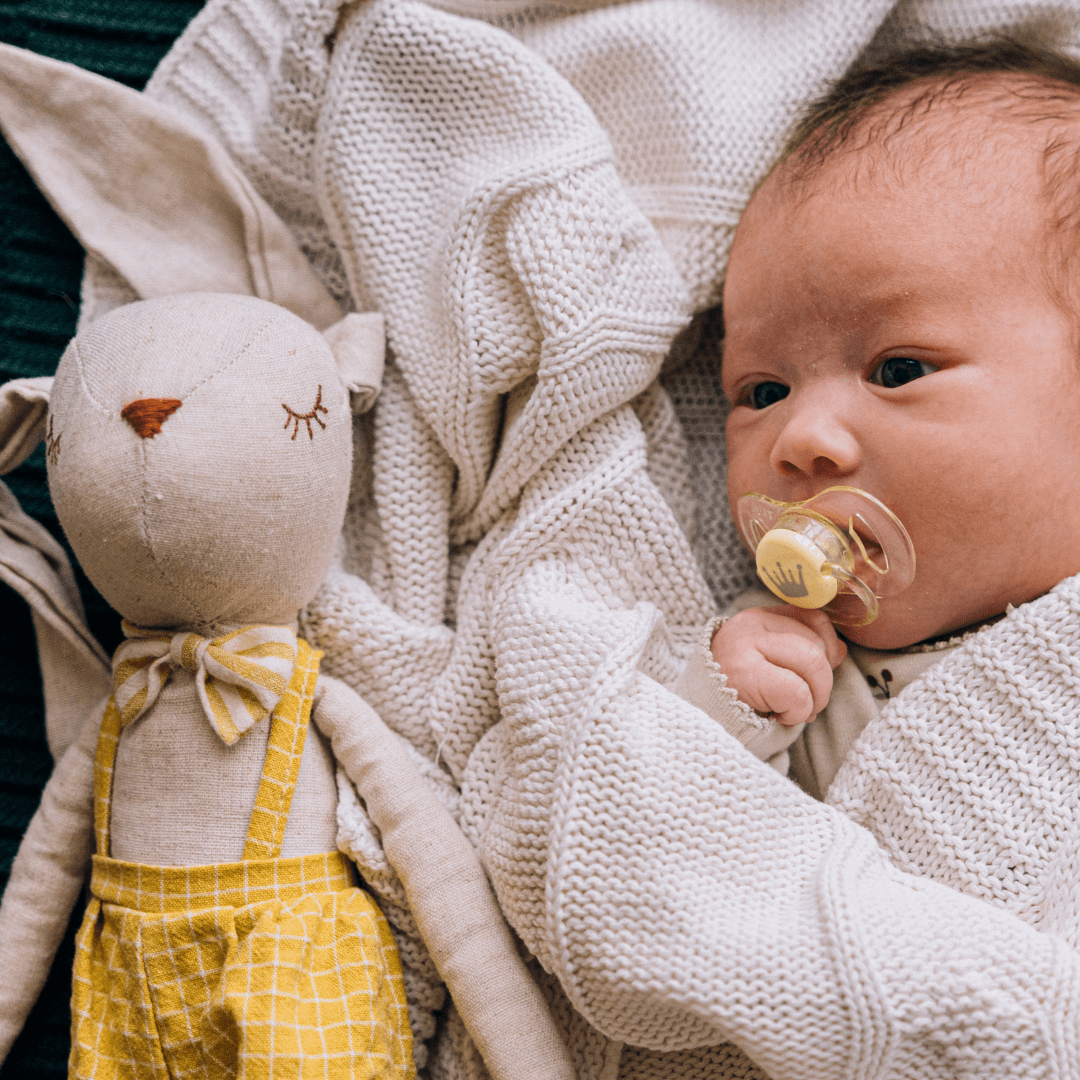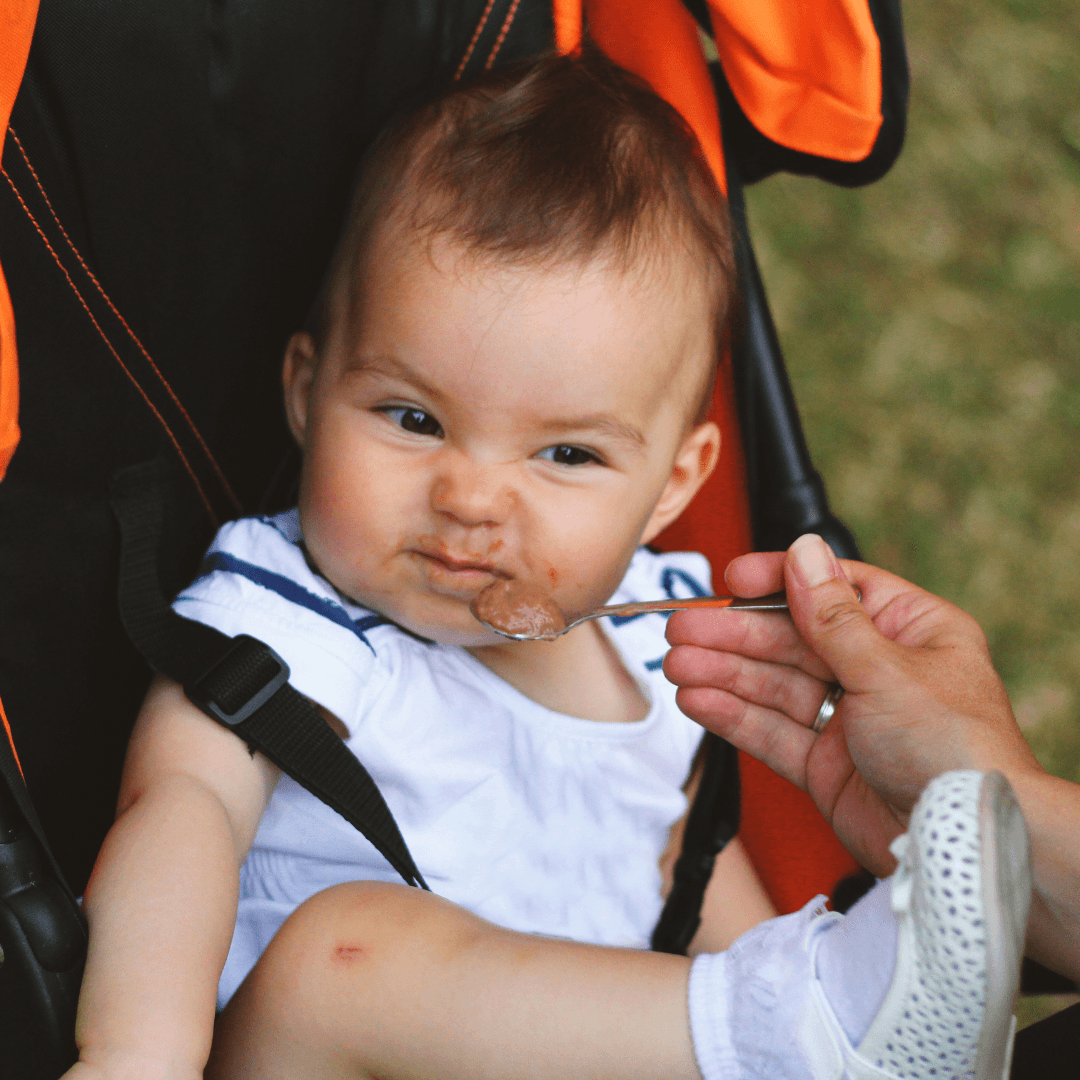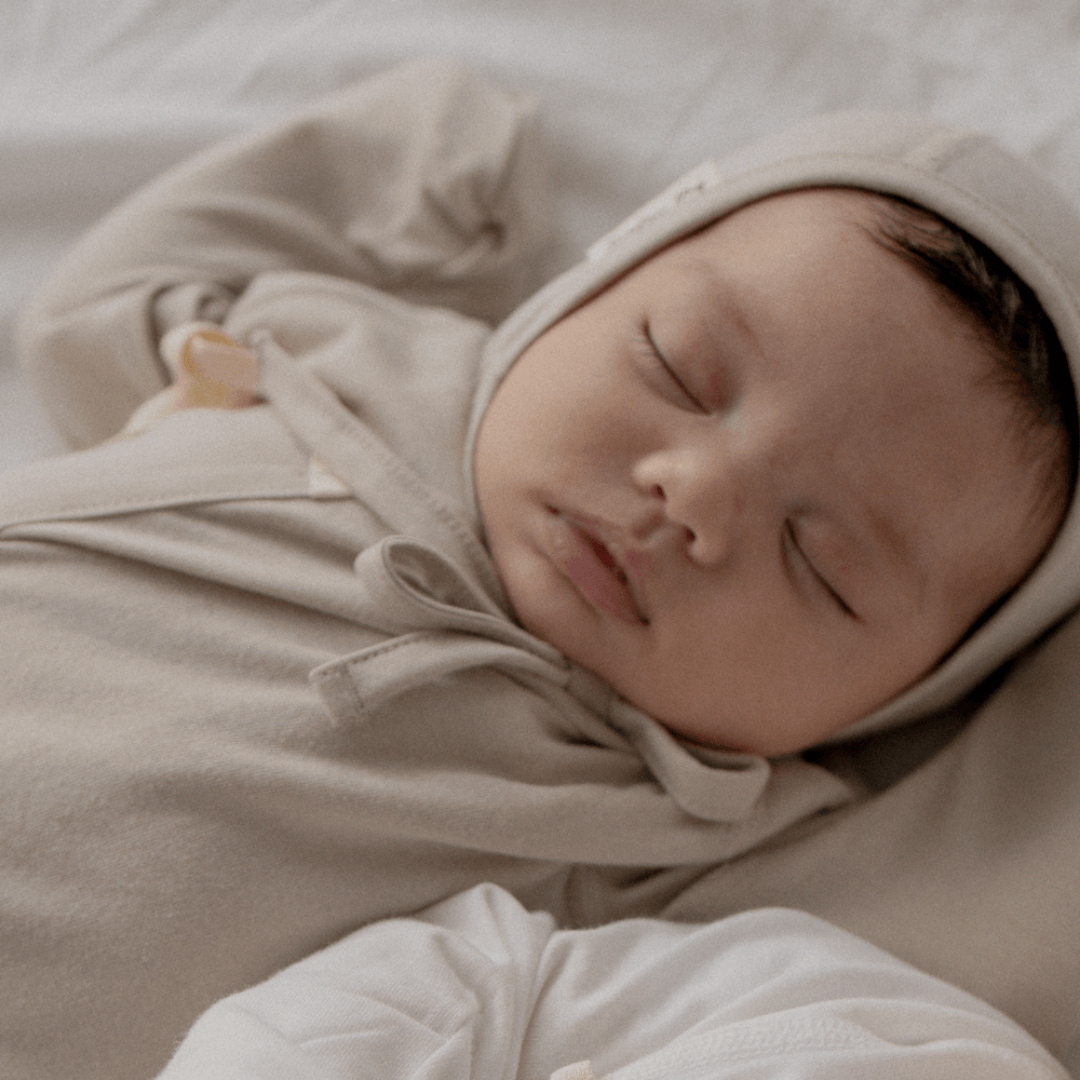
Today, let's learn about the developmental information of 2 to 3-month-old babies! From your child's standard weight to their current state of emotional development, simply read this article to check this information at a glance.
Standard Values for the Development of a 2-month-old Baby
(referring to the 2017 growth chart for children and adolescents)
[Median Boys]
- Weight: 5.6kg
- Height: 58.4cm
[Median Girls]
- Weight: 5.1kg
- Height: 57.1cm
(*Assuming there are 100 children, being in the 50th percentile means your child is taller/heavier than 50 of the other children.)
|
|
Height (cm)/ Weight Percentile |
||||||
|
5th |
15th |
25th |
50th |
75th |
85th |
95th |
|
|
2 Months Left |
55.1cm |
56.4cm |
57.1cm |
58.4cm |
59.8cm |
60.5cm |
61.7cm |
|
4.5kg |
4.9kg |
5.1kg |
5.6kg |
6.0kg |
6.3kg |
6.8kg |
|
|
2 Month Girl |
53.7cm |
55.0cm |
55.7cm |
57.1cm |
58.4cm |
59.2cm |
60.4cm |
|
4.1kg |
4.5kg |
4.7кг |
5.1kg |
5.6kg |
5.9kg |
6.3kg |
|
Physical Development
About half of babies can hold their head up to 45 degrees with their belly on the ground. They can’t do perfect neck control, but this creates some centre of gravity in the neck. When you hug your baby, they keep their head upright and try to observe the world.
The eyesight of a 2- to 3-month-old baby is more developed than in newborns, so they set their eyes on moving objects. Parents are worried about the baby's eyes at this time because it is easy to see strabismus. If there are no major abnormalities noted in the hospital examination, there is no need to worry too much when it comes to baby development.
Language Development
Crying becomes more concrete. Crying when they are hungry and crying when they are sleepy become more subdivided, and even parents can notice the difference. When they cry because they are hungry, they may show behavior such as sucking their lips or pretending to seek milk. If the sound is close to screaming, your baby may be in pain.
Baby development after two months of age start with expressing a variety of emotions in addition to crying. There are babies who laugh and say 'aah'.
Emotional Development
From 2 months of age, babies mostly respond to their caregiver's smile. Until this age, children have not learnt how to smile properly. Please hug them and smile a lot to aid in good emotional baby development. Please repeat expressions of affection, such as being happy to meet them. Use colored mobiles or rattles to help develop hearing and vision. This will help your baby’s emotional development.
Cognitive and Social Development
Babies still too young to make a clear distinction between many things in the world. But they are able to distinguish a lot more than they did when they were a newborn. In particular, 2- to 3-month-olds feel and respond to the presence of their primary caregiver. The presence of a primary caregiver for children at this age is very important. If the caregiver is a grandparent rather than a parent, your child may be more attached to the grandparent. This is normal.
A child's social development at this time depends on how caregivers respond to their crying. Babies before birth need enough love and response, not discipline. If the child is crying, check the cause of the child's crying and do what is necessary (e.g., changing a diaper). This process makes the child feel that the world is a trustworthy and welcoming place.
---------------------------------------------------
Author: Lee Ji-hyun
- A Secondary School Level 2 Teacher Certificate
- As a real mother of a child, she ponders specific parenting tips between reality and theory. She has worked as an educational civic activist and freelance journalist.







